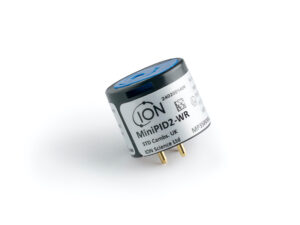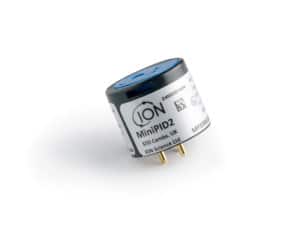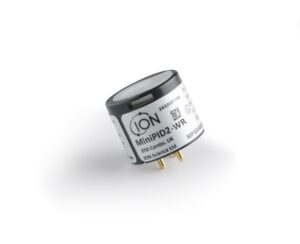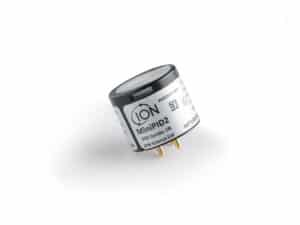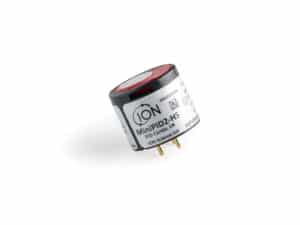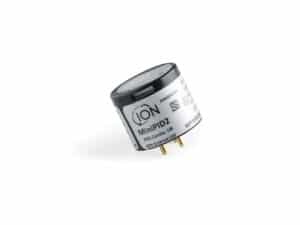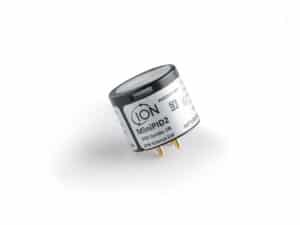Photoionisation detection or PID, works by exposing a test gas sample to high energy UV light. In a process called photoionisation, the light breaks many volatile compounds, including most VOCs, into electrically charged particles or ions. The ions are attracted by an electric field to electrodes, where they pass through an electric circuit as a small electric current. This current is proportional to the concentration of the VOC. The MiniPID sensor includes a third fence electrode (patented) to ensure that the amplified current does not include significant contributions due to other current sources such as water condensation on the PID enclosure walls.
How does a PID work?
Home » How does a PID work?
Categories
- No categories
Head Office (UK)
ION Science Ltd
The Hive, Butts Lane, Fowlmere
Royston, SG8 7SL, UK About ION
About ION
Careers
The Hive, Butts Lane, Fowlmere
Royston, SG8 7SL, UK
Tel: +44 (0) 1763 208 503
info@ionscience.com
 About ION
About IONCareers




 United Kingdom
United Kingdom